Introduction of Uganda production area, raw bean analysis, baking skills and cooking analysis
Raw bean file | Royal Coffee coffee analysis:
Uganda Kapkwai,Sipi Falls processing Plant
Sun treatment (serial number: CJ1124)
| 01 | introduction |
Author Chris Kornman
This sun-treated Uganda is produced on the northern slope of the Elgon Mountains and is grown by retail coffee farmers. The steep rock face of Elgon Mountain almost separates Kenya and Uganda. The microclimate here not only provides excellent conditions for coffee growth, but also provides unique conditions for Sipi Falls coffee processing plant. Sipi Falls is a local central washing plant that can handle freshly picked coffee berries and further dry them, providing more convenience and conditions for local coffee farmers.
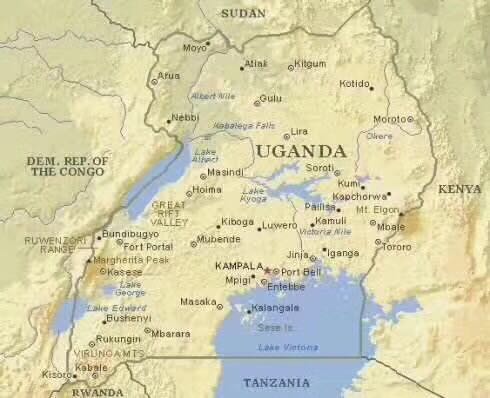
Coffee farmers in this area are mostly retail investors and have the habit of family-style coffee processing because they feel it is cheaper. Exporter Kawacom, who is also the owner of the Sipi Falls processing plant, has long tried to let local farmers know that the coffee processing plant can actually help them improve the quality of their coffee and save time, thus allowing them to earn a higher income and encourage local farmers to send their coffee to the central processing plant for more professional washing, fermentation and drying. They have also set up experimental breeding centers to cultivate higher-quality coffee varieties and provide agricultural support and assistance to local farmers, and many local families, mainly female, have received their assistance.
These micro-batches are one of the few coffees in the processing plant that are tanned. After these coffees are picked, they are directly sun-dried. Due to the preservation of the pulp, the aroma of the coffee fruit is preserved to the maximum extent. Before the sun treatment, the immature coffee fruits were screened only by floating in the sink. It is then placed on the drying rack for sun treatment, which allows the air to circulate effectively, and workers need to turn the coffee fruits repeatedly to ensure that all coffee fruits are evenly dried.
02 | Analysis of raw beans
Author Chris Kornman
Compared with honey treatment, this sun-treated coffee has slightly larger particles and slightly lower density and water content. Each coffee from this processing plant can be considered as high-quality refined coffee, which shows better characteristics than other coffees. no matter which method of treatment is used, the coffee beans here can be considered the best coffee in East Africa.
The varieties of this batch of coffee include Scott Labs Select 14 (the most common variety in Uganda) and 28 (SL14, SL28), both of which are descended from the French missionary bourbon. SL14 is a disease-and drought-resistant variety, while SL28 is more common in Kenya. Another variety is the Jamaican Blue Mountain, which is a descendant of the Arabica variety: the iron pickup, which many people think came to Uganda from Jamaica. In fact, the Jamaican Blue Mountain entered Africa through Kenya in 1913.
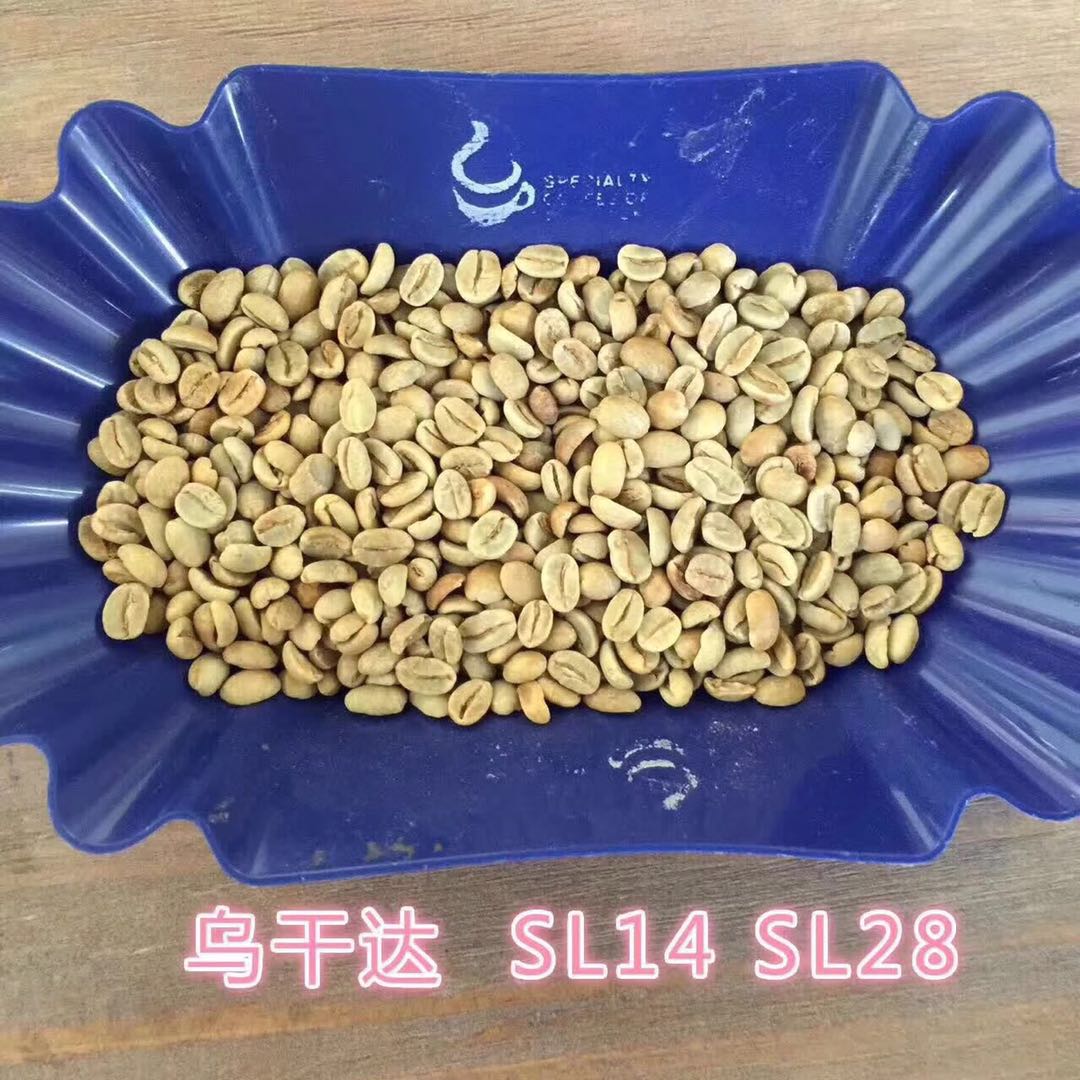
03 | Baking analysis
Author Jen Apodaca
This coffee has smaller particles, higher density, more heat absorption during baking and faster Mena reaction. In the first batch of roasting, I put the beans at a high temperature and constantly exert firepower before the coffee beans are dehydrated and yellowed to ensure that there are enough calories to last until the end of the baking. In the second batch of baking, I changed my technique and lowered the speed as a whole. The temperature of the bean was slightly lower, the firepower was also relatively small, and the firepower was gradually increased as needed in the baking process. Under this method, the dehydration time of coffee is longer than that of the first batch, heating up at a rate of 13-10 degrees Fahrenheit every 30 seconds.
Roast one: Grape candy, raspberry, vanilla, honeydew, juicy
Baking batch 1: grape candy, raspberry, vanilla, honey, fruit juice
Roast two: Watermelon, concord grape, cacao nibs, citrus juicy
Baking batch 2: watermelon, Concord grapes, cocoa beans, citrus juice
04 | Bake data using Behmor
Author Evan Gilman
This sun-treated Ugandan coffee roasted very well with Behmor, and there was no rapid rise in temperature of many sun-dried beans after an explosion. Although this phenomenon often occurs when Jen uses Probatino, it does not show up on Behmor. Compared with the water-washed coffee, the batch burst time and baking time of the sun-treated coffee were slower, while the chromaticity of bean table and bean core were quite different. All the data show that this coffee is roasted very evenly. I don't know which bean can perform as well with Behmor as this one.
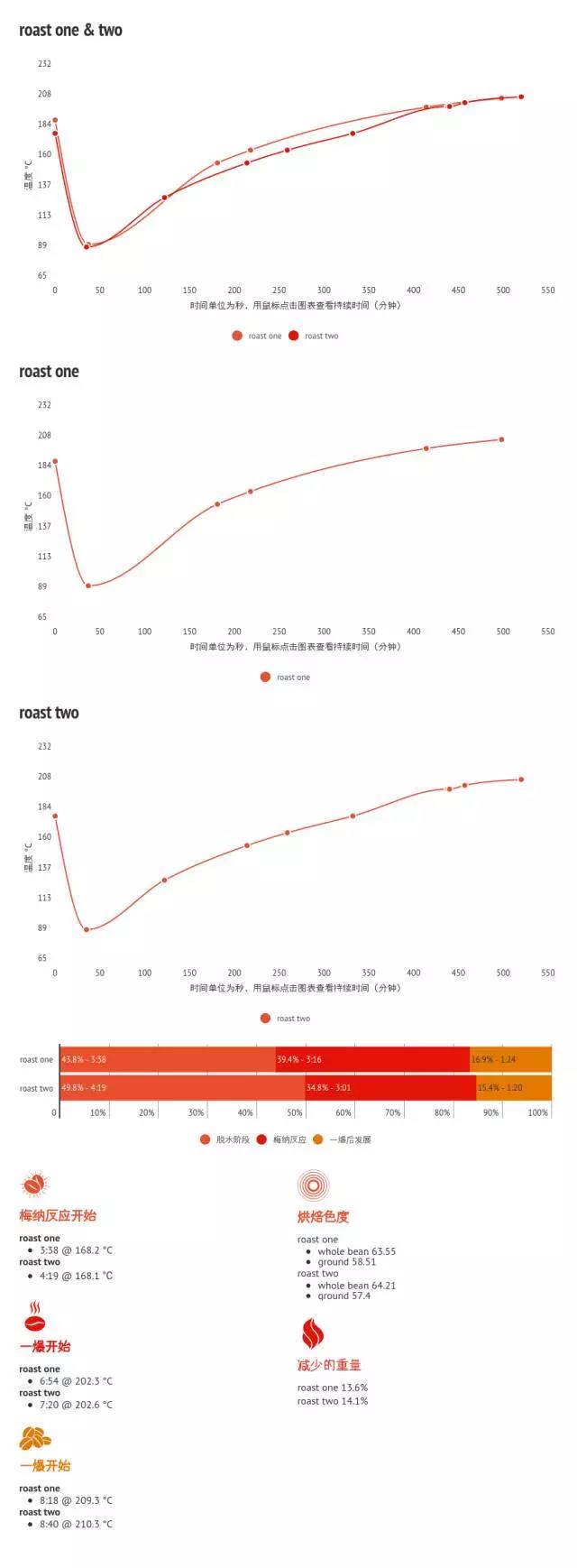
05 | Cooking analysis
Author Chris Kornman
To ensure stability, I tested it a week after baking. Test using Chemex brewing, 40 grams of coffee powder, 80 ml of water pre-soaked for 60 seconds, water powder ratio at 16:1, two baking batches at the same time, each side of 50 grams of water exchange. Both baking batches taste good, the first batch is more fruity, the second batch is more balanced and sweeter, but both the first and second batches are clean, except for the obvious fruity. Increasing the TDS or extraction rate will make this coffee look fruity and wine-like. If you don't want to highlight this full fruit style, then I think Chemex is the best choice for cooking.
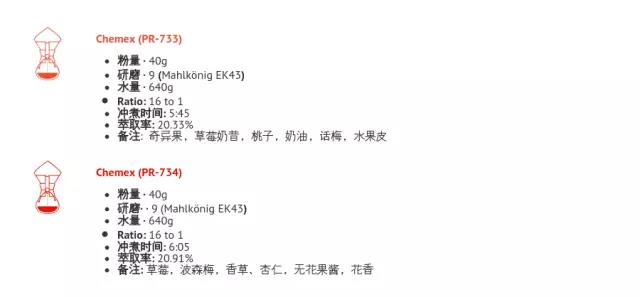
Important Notice :
前街咖啡 FrontStreet Coffee has moved to new addredd:
FrontStreet Coffee Address: 315,Donghua East Road,GuangZhou
Tel:020 38364473
- Prev
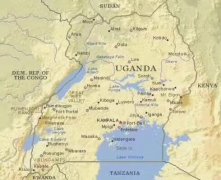
[raw bean file] Solar treatment in Uganda Kapkwai,Sipi Falls treatment Plant
Raw bean file | Royal Coffee Coffee Analysis: Uganda Kapkwai,Sipi Falls processing Plant Solar treatment (Ref: CJ1124) 01 | A brief introduction to the author Chris Kornman this sun-treated Uganda is grown on the northern slope of Elgon Mountain and is grown by retail coffee farmers. The steep rock face of Elgon Mountain almost separates Kenya and Uganda.
- Next

A basic introduction to Columbia Coffee Manor: planting situation, Variety characteristics and Flavor Manor Calendar
Colombia Huilan Lerusa Manor Guide: Manor: Colombia Huilan Lerusa Manor Tree species: old Bobang 60%, Tibica 40% altitude: 1550 meters taste: sweet pulp, mellow, depth, excellent sense of balance the manor does not use a high-speed and convenient dryer, but uses the traditional SUN DRY drying method, basic information origin: Colombia Huilan Lerusa Manor
Related
- Detailed explanation of Jadeite planting Land in Panamanian Jadeite Manor introduction to the grading system of Jadeite competitive bidding, Red bid, Green bid and Rose Summer
- Story of Coffee planting in Brenka region of Costa Rica Stonehenge Manor anaerobic heavy honey treatment of flavor mouth
- What's on the barrel of Blue Mountain Coffee beans?
- Can American coffee also pull flowers? How to use hot American style to pull out a good-looking pattern?
- Can you make a cold extract with coffee beans? What is the right proportion for cold-extracted coffee formula?
- Indonesian PWN Gold Mandrine Coffee Origin Features Flavor How to Chong? Mandolin coffee is American.
- A brief introduction to the flavor characteristics of Brazilian yellow bourbon coffee beans
- What is the effect of different water quality on the flavor of cold-extracted coffee? What kind of water is best for brewing coffee?
- Why do you think of Rose Summer whenever you mention Panamanian coffee?
- Introduction to the characteristics of authentic blue mountain coffee bean producing areas? What is the CIB Coffee Authority in Jamaica?

